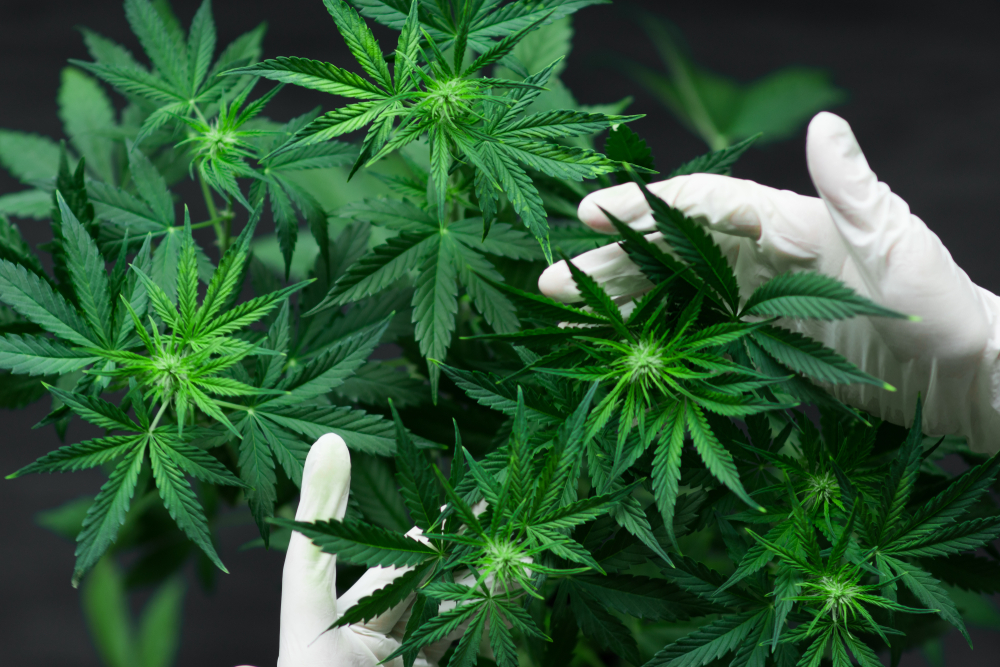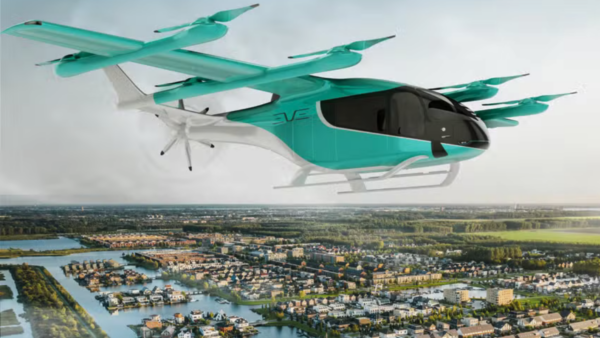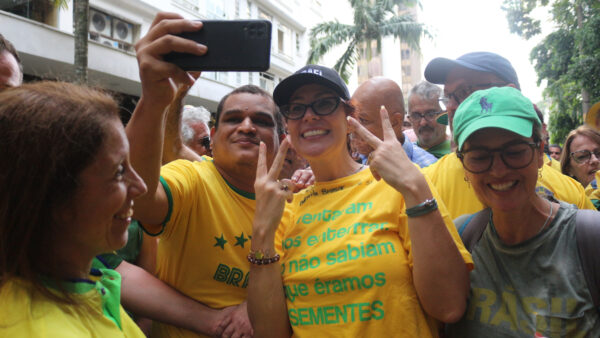Peru this week issued a decree with new and broader rules on the medical use of cannabis and its derivatives, after having become the 20th country in the world to authorize medicinal marijuana in 2017.
With more than 50 articles, the document tries to break barriers regarding the production, distribution, and commercialization of medical cannabis. According to the general directorate of medicines, supplies, and drugs (Digemid), 17,926 Peruvians described themselves as users of medical cannabis in 2021.
The same entity reported that only 7,462 users bought products in licensed drugstores, which means that more than 10,000 Peruvians who use marijuana and its derivatives for medical purposes do not procure it in accredited pharmaceutical establishments.
This could indicate a restricted distribution network and high costs of medical cannabis products in official channels.
The new decree provides more detailed guidelines for importing, producing and researching medical cannabis. It introduces, for example, the possibility of artisanal production of derivatives through associative cultivation — allowing users to organize themselves to cultivate and produce medicinal marijuana.
The document also outlines criteria for allowing such activities, but some patient advocacy entities say that these are unreasonable. In the case of associative cultivation, for example, entities will need to buy seeds from certified laboratories.
“What happens if the laboratory does not have the seed that I use?” Francesca Brivio, a spokesperson for NGO Cannabis de Esperanza (Cannabis of Hope), said to local media Peru21. Ms. Brivio was diagnosed with systemic mastocytosis in 2009, and has become the most famous voice in the fight for patients’ rights in Peru.


 Search
Search






































